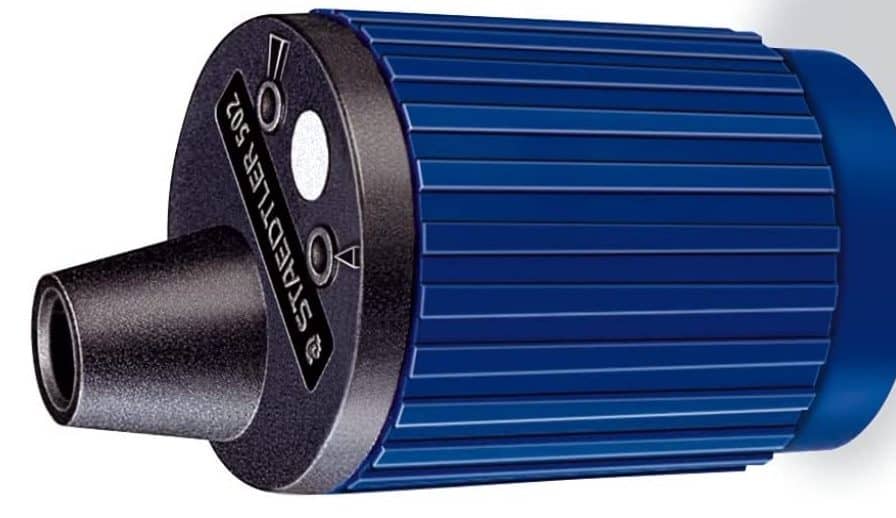Clutch pencils aren’t nearly as popular as they used to be, but they still have their uses. This article will explain the basics of clutch pencils, discuss why you’d use one, and finally run through some of the top clutch pencils sold today.
Clutch Pencil Explainer Video
First of all, here is our clutch pencil basics video. It’ll explain much of what you want to know. Prefer text? Keep reading below.
What Is A Clutch Pencil?
A clutch pencil is a type of mechanical pencil that uses a hollow body to hold a piece of lead. What makes it a “clutch” pencil is that there is a set of jaws at the front of the pencil that holds the lead in place. These jaws are technically a small collet that holds the lead securely.
Clutch pencils have a button at the top which pushes the inner assembly down and opens the jaws of the collet. This will release the lead, allowing it to slide entirely out of the pencil if you hold the button down too long or push too far.
The key distinction between a clutch pencil and a mechanical pencil is that when you press the button on the top of a mechanical pencil it advances the lead a pre-determined amount. When you push the button on the top of a clutch pencil it simply opens the jaws and you can allow the lead to slide out as much as you’d like, using a finger or your desk surface to control how much comes out.
The collet design of clutch pencils means they tend to work better with thicker pieces of lead. As you might expect, the strong jaws of the collet would snap the 0.5 mm or 0.7 mm piece of lead that you’d put in a mechanical pencil. Clutch pencils most commonly use these lead diameters:
- 2 mm
- 3.2 mm
- 3.8 mm
- 5.5 mm
- 5.6 mm
Clutch pencils aren’t common for everyday notetaking or mathematics (or other common uses for mechanical pencils), but rather are preferred by artists who like to use them for shading. Wider diameter pieces of lead are excellent for shading and can be sold in very soft grades (for example 5B) which give a dark color. The width of the lead means that it’s still quite strong, even at the softest grades.
Top Clutch Pencils Of 2022
Curious about which clutch pencils are the most common these days? Best sellers lately are…
- Staedtler 925-35
- Kaweco Sketch Up
- Kaweco Special
- Rotring 600 Lead Holder
- Rotring Rapid Pro Lead Holder
- Staedtler Mars Technico 780
There a many clutch pencils still sold today, plus people tend to love vintages ones which hold up very well thanks to their simple design and limited number of moving parts (just the collet and a spring).
Clutch Pencil vs. Lead Holder
You might have heard the term “lead holder” when discussing pencils and wondered how a lead holder is different from a clutch pencil. Basically, there is no difference. “Lead holder” is a old-fashioned term which has been around since the late 1800s but it has fallen out of favor in the pasts decades, with “clutch pencil” being the more common name.

How To Sharpen A Clutch Pencil
As you might imagine, you can’t sharpen clutch pencil or lead holder graphite in normal pencil sharpener. You need a decided sharpener to restore the point of the graphite and it should be sized specifically to the size of the graphite.
These special sharpeners are sometimes calls “lead pointers” or “lead sharpeners” and they are easy to find online, but not particularly common. They aren’t pencil sharpens because they only sharpen the graphite, as there is no wood involved.
Some 2 mm clutch pencils will have a small sharpener in the cap, which can be used when on-the-go. These solutions, which you might find in the Rotring Rapid Pro lead holder, are convenient but tend to be messy as they have no place to store the graphite dust.
